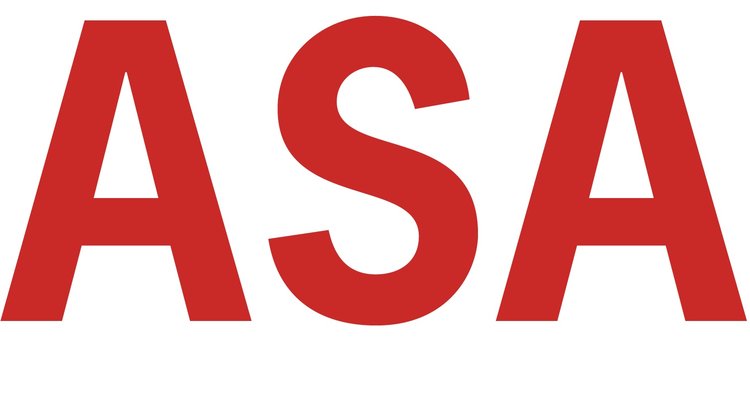We enjoy stories with a beginning, a middle, and an end. We especially like clear resolutions to mark the end of a story. So, it’s no wonder that we’re itchy nearly two years later when the omicron variant has lengthened the COVID-19 story, and threatens re-entry to libraries, museums, theatres, restaurants, churches, schools, and sporting events. The omicron variant is currently a law unto itself. Intensive care units and emergency rooms are overwhelmed with patients and understaffed because their own staffs have been infected. Similar personnel shortages are starting to show up across police and fire departments, schools, public transportation, and even grocery stores. It takes time to get over a case of omicron, even when you have been vaccinated and boosted. Though the CDC has suggested that isolating for five days is sufficient, the medical profession is adamant that a ten-day period of isolation should be observed.
The numbers continue to rise, and they are every bit as bad as at any other time in the past two years. Understanding the toll that remote learning takes on children and their teachers, the public school system is trying to maintain in person instruction. States vary widely in their support of safe classrooms and testing protocols.
Companies looking to bring their people back into the workplace this month have revisited those plans, at least through January, when the numbers are projected to move downward from the peak we are approaching now. I have written before about how the pandemic magnifies fissures in our society. But the pandemic has also magnified many vulnerabilities in our work environment.
We are beginning to see studies of the longer-term effects of distancing and remote work on mental health. Platforms like Zoom and Teams offer remote collaboration opportunities but open more surfaces for hackers to attack and for cyber crimes to be committed. We have seen unprecedented numbers of employees quit their jobs. On the technology side, the first responders are the cybersecurity professionals who protect confidential information and data in a hybrid environment that strains operations, spread across multiple data surfaces as some Work From Home (WFH) and some Return to Office (RT0).
You may have lost your home in a Colorado wildfire, or spent the night snowed in on a freeway somewhere near Washington D.C. You could live in the Pacific Northwest, where we suffered through bone-chilling cold, snow, wind, and ice for over a week. Or you may still be digging out from sudden mudslides in Southern California. And you are still with us.
You might even have suffered a crossover case of the omicron virus, and wondered why now, after all the precautions and care you have taken for the past nearly two years. And you are still with us.
The poet Robert Frost once said that “the best way out is always through.”
Humans are wired to persist, especially when there is no clear end in sight.
